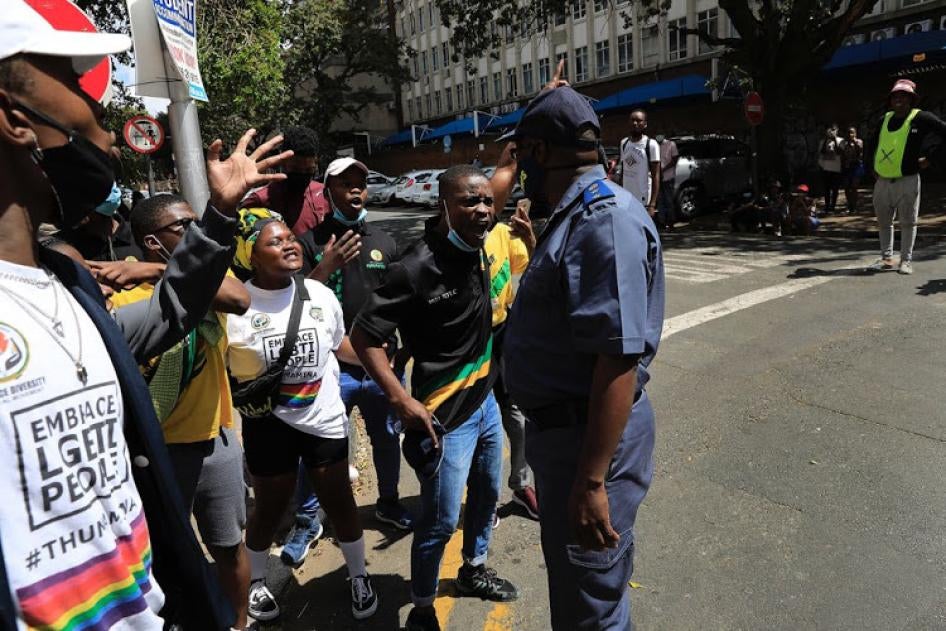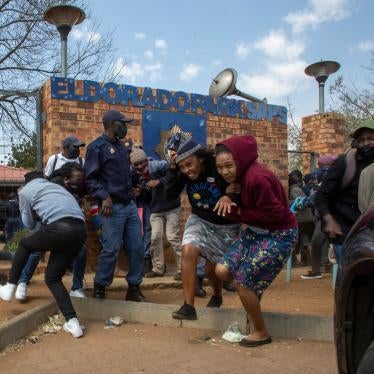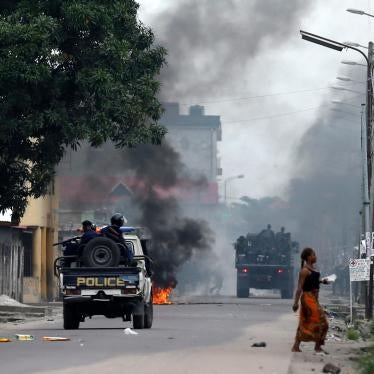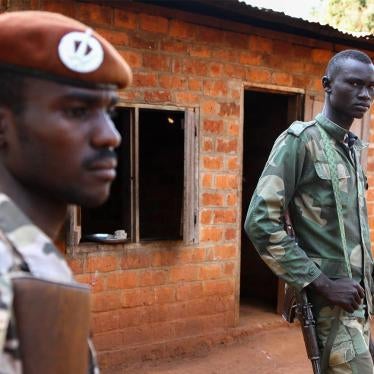(Johannesburg) – The South African police unlawfully used excessive and disproportionate force to disperse student protesters at the University of the Witwatersrand (Wits) on March 10, 2021, killing a bystander, Human Rights Watch said today.
Students at the university have been protesting a decision to block students with unpaid university fees from registering. Human Rights Watch interviewed witnesses and reviewed media reports and video footage of the incident. Human Rights Watch concluded that police officers fired shotguns, most likely loaded with rubber projectiles, recklessly, without warning, and at close range into a small group of people, killing the bystander, Mthokozisi Ntumba.
“The authorities should urgently and transparently investigate Ntumba’s killing, underscoring that security forces are supposed to enforce the law, and are not above it,” said Dewa Mavhinga, Southern Africa director at Human Rights Watch. “Ntumba and his family deserve justice, which requires nothing less than punishing the police officers responsible for the reckless use of lethal force.”
CCTV footage of the scene shows about 17 people standing peacefully on the sidewalk, between cars and a clinic, when a police vehicle pulls up. The police officers appear to open fire even before, or just as, they alight from the vehicle. The first shot seems to hit Ntumba in the chest. Ntumba, who wears a blue t-shirt and red cap, is seen ducking for cover behind a red car while holding his chest.
Two police officers who have emerged from the van continue to fire their weapons in an apparently arbitrary fashion. Ntumba is then seen standing up and walking along the sidewalk for a short while, clutching his chest, which is bleeding. A second video sent to Human Rights Watch shows him subsequently lying on the sidewalk next to the red car with a visible chest injury as bystanders check his pulse and appear to attempt CPR.
A witness who spoke to Human Rights Watch described standing with other peaceful bystanders on the sidewalk when the police started firing rubber projectiles from shotguns without any warning, hitting the victim twice from less than three meters away. Another witness, a student, said that the police left Ntumba lying on the ground and that he later died from his injuries.
Several senior government officials have acknowledged the incident and promised investigations. Higher Education Minister Blade Nzimande told parliament on March 11 that, “a 35-year-old man, who was reported to be coming out of a clinic, was allegedly shot dead when police opened fire at protesting students in Braamfontein on Wednesday.”
Police Minister Bheki Cele, visited Ntumba’s family in Johannesburg, where he announced that the Independent Police Investigative Directorate (IPID) was investigating the incident with full police cooperation but that no arrests had been made. In an interview with Newzroom Afrika TV, he said of the police involved that "…those guys do not belong to the blue uniform, they belong to the orange, and for a very, very long time." The police spokesperson, Ndileka Cola, confirmed that four officers had been assigned to investigate the incident.
Minister Cele said he could not confirm what weapons and ammunition the police had used in Ntumba’s fatal shooting. However, based on the evidence reviewed, Human Rights Watch believes that it is likely the police fired rubber projectiles rather than live ammunition.
Rubber projectiles should be used strictly in accordance with the Basic Principles on the Use of Force and Firearms by Law Enforcement Officials, which provides that security forces shall as far as possible use nonviolent means before resorting to force. Whenever the lawful use of force is unavoidable, it must be with restraint and proportional to the seriousness of the offense, limited to ways that minimize the risk of injuries and protect the right to life and the right to health.
Specifically, the United Nations Human Rights Guidance on Less-Lethal Weapons in Law Enforcement provides that kinetic impact projectiles, like rubber projectiles, should “generally only be used in direct fire with the aim of striking the lower abdomen or legs of a violent individual and only with a view to addressing an imminent threat of injury to either a law enforcement official or a member of the public.”
In contrast, the video footage shows police firing indiscriminately and at close range into a group of people who posed no imminent threat to lives or property. Such use of force violates international standards, and in this case, led to the violation of Ntumba’s right to life.
As a party to the International Covenant on Civil and Political Rights, South Africa has an obligation to carry out an effective official investigation when individuals have been killed by law enforcement officials.
The South African authorities should end the rampant impunity that makes police abuses possible and commonplace. In addition to conducting an immediate public criminal investigation of Ntumba’s killing, the police should devote more resources to improved police training, including on the use of less-lethal weapons and training on human rights as well as legal and appropriate interrogation techniques.
“The authorities should ensure that all South Africans are able to exercise their right to peacefully protest without fearing for their lives,” Mavhinga said. “The authorities need to place a moratorium on police use of shotgun-fired rubber projectiles until they complete a thorough review of police training and rules of engagement.”
South Africa: Police Kill Bystander at Protest
Punish Officers Responsible; Improve Training; Halt Use of Rubber Bullets
Your tax deductible gift can help stop human rights violations and save lives around the world.
Region / Country
Topic
Most Viewed
-
April 17, 2024
West Bank: Israel Responsible for Rising Settler Violence
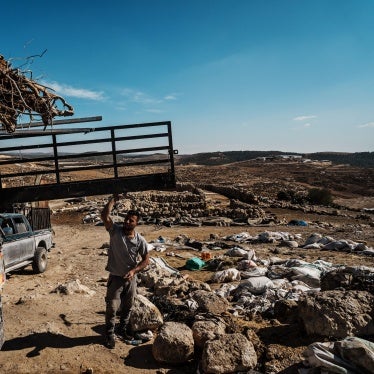
-
June 24, 2022
Q&A: Access to Abortion is a Human Right

-
April 27, 2021
A Threshold Crossed

-
October 29, 2020
“I Sleep in My Own Deathbed”

-
April 9, 2024
Gaza: Israel’s Imposed Starvation Deadly for Children
